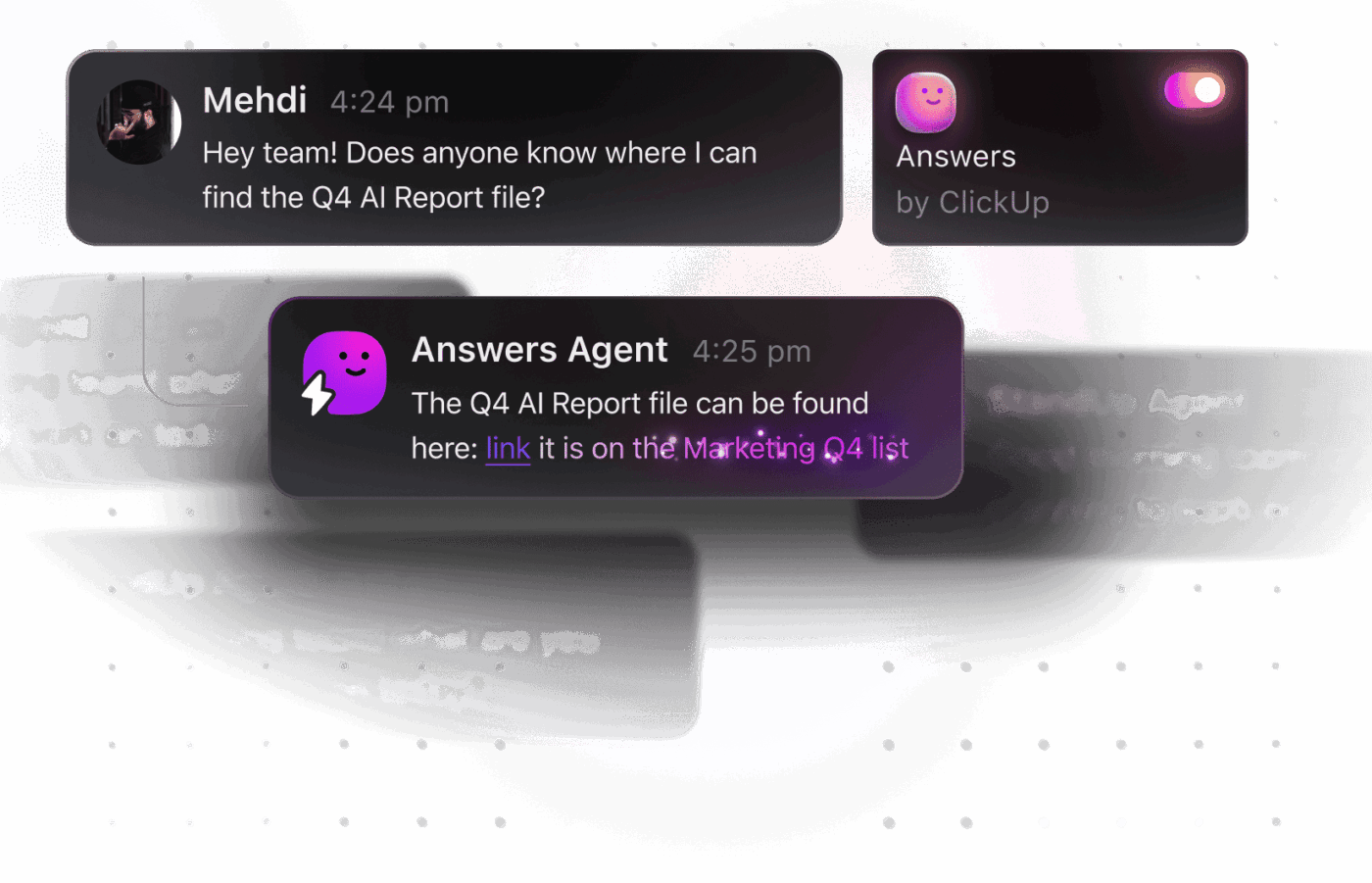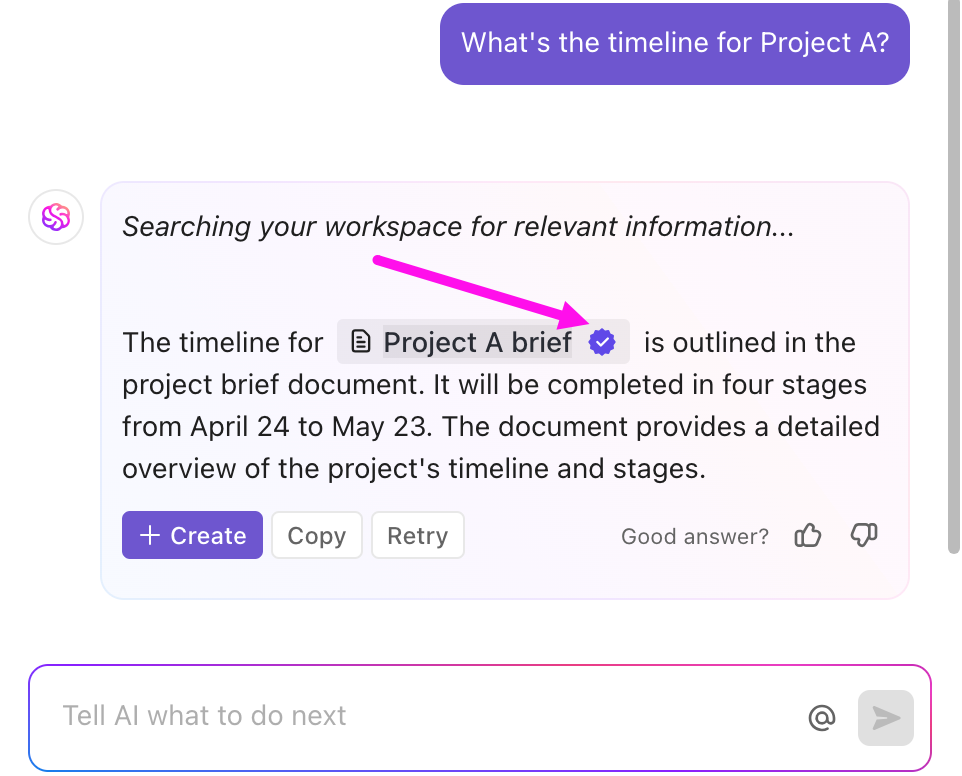How Live Intelligence Makes AI Smarter With Real-Time Context

Sorry, there were no results found for “”
Sorry, there were no results found for “”
Sorry, there were no results found for “”

It’s 2:03 a.m. on a Friday, and a global financial services company’s servers are quietly processing millions of transactions. Suddenly, a new fraud pattern emerges.
But before a single dollar is lost, the company’s AI-powered fraud detection system flags the anomaly. It also adapts its logic and subsequently blocks the threat. No human analyst is paged. The system learns, acts, and protects its clients’ wealth, all in real time.
This is the promise of Live Intelligence. And it’s slowly becoming a reality in the age of agentic AI.
Live Intelligence is the convergence of three core capabilities:
🧠 Fun Fact: While “Live Intelligence” may not be an industry standard yet, it’s rapidly becoming the new normal for organizations that want to transition from static, reactive automation to proactive, self-improving digital workforces.
The agentic AI market is projected to explode from $5.25 billion in 2024 to $199.05 billion by 2034, and 72% of enterprises are already deploying these systems in at least one function.
But what does this look like in practice? And how can business and technical leaders harness Live Intelligence to drive real results?
Let’s start by understanding how Live Intelligence works:
Traditional AI systems are like night-shift workers who clock in, process a backlog, and leave. Live Intelligence, by contrast, is always on.
ClickUp’s Live Intelligence Agent, for example, is engineered to listen across your entire ClickUp Workspace—Tasks, Docs, Chat, and Integrations—processing updates as they happen. In the context of project management, this means that when a new item is added to a project requirements doc, the agent can instantly update related tasks, notify stakeholders, and even suggest next steps, before anyone asks.

It’s your always-on assistant for living knowledge, so that unlike most teams, yours doesn’t spend 60% of its time searching for, copy-pasting, and updating information from disconnected systems.
Technologies like Apache Kafka handle millions of messages per second with millisecond-level latency, while Apache Flink delivers insights and actions instantly, processing millions of events in a second. This continuous processing model fundamentally changes what AI can do: instead of describing what happened, it shapes what happens next.
But Live Intelligence doesn’t stop at quick access to live data. AI agents triage, assign, and orchestrate work as your business grows.
The Live Intelligence Agent in ClickUp doesn’t just scan your Workspace for updates; it also decides and executes work based on that real-time knowledge. It leverages APIs and orchestration frameworks to execute multi-step plans, coordinate with other agents, and keep every Doc and project up to date.
Such autonomous, goal-driven behavior is the foundation of agentic AI.
In the old world, AI models were static—trained once, then left to drift. But Live Intelligence systems are self-improving. They use reinforcement learning and feedback loops to refine their performance, often without manual retraining.
In ClickUp, this translates into a “Permanent Organizational Memory” so that every decision and update is captured, making onboarding and collaboration easier. It also means your organization’s knowledge, context, and best practices are always up to date, never lost in the shuffle of app overload or Work Sprawl.
To understand the leap forward, let’s compare Live Intelligence vs. Traditional AI:
| Traditional AI | Live Intelligence |
| Batch processing on historical data—analyzes what already happened | Real-time streaming data processing—acts on what’s happening now |
| Requires explicit instructions for each task | Autonomous goal-driven behavior—figures out the steps |
| Static models needing manual updates and retraining | Self-improving through continuous learning loops |
| Single-task focused—one model, one job | Multi-system orchestration—coordinates across platforms |
📌 Example: A traditional chatbot matches your question against a database of scripted responses. If your question doesn’t fit the template, you’re stuck. A Live Intelligence Customer Service Agent searches current product documentation, checks your account history across systems, executes a refund if appropriate, updates the CRM, and learns from the interaction to handle similar cases better next time (while maintaining context throughout the conversation).
Here are some real-world applications and ROI metrics that show the actual impact and practical value of Live Intelligence:
In financial services, access to Live Intelligence can mean the difference between millions of dollars saved—or millions lost to delayed insights, missed opportunities, and uninformed decisions. With a Live Intelligence Agent, an AI-powered processing system stays continuously updated to recognize new and evolving scam tactics. This means the system adapts in real time, protecting users from the latest threats—even those it hasn’t seen before—while leaving a permanent audit trail.
PayPal’s AI-powered scam alerts for Friends and Family payments are a textbook example of Live Intelligence in action.
As users initiate payments, advanced AI models analyze billions of data points to instantly identify potential scams. If a transaction appears suspicious, the system triggers dynamic, context-aware alerts before funds are transferred. For high-risk transactions, payments are automatically declined to prevent loss. For less clear-cut cases, the system introduces additional friction, such as stricter warnings, to deter risky behavior.
Live Intelligence in healthcare operations helps teams identify scheduling bottlenecks, manage claims more efficiently, track inventory, and coordinate across departments—so the entire system runs more smoothly, costs stay in check, and staff can focus more on patient care, not paperwork.
AGS Health provides over 500 digital agents across revenue cycle management applications, transforming how healthcare organizations handle the brutally complex world of insurance claims and billing.
Agents such as the Eligibility Agent, the Denials Agent, and the Appeals Agent have reduced the number of customer touchpoints, resulting in faster claim processing, 15% higher productivity, and annual savings ranging from $72,000 to $194,000.
With Live Intelligence for customer-facing roles, teams can keep all customer conversations, docs, assets, and feedback at their fingertips. Impress customers with transparency, speed, and real-time knowledge of context that always stays current, without requiring any manual updates.
Salesforce’s self-deployment of its agentic customer service, Agentforce, provides a real-world stress test of autonomous customer service. The system now resolves approximately 85% of customer queries without human intervention and has reduced response time by 65% for 9 out of 10 users since January 2025.
In supply chain and logistics, Live Intelligence keeps operations moving at the speed of demand. It gives teams real-time visibility into signals like inventory levels, carrier performance, and route efficiency—so when a shipment gets stuck at customs or a truck breaks down, they can react instantly.
The result: fewer stockouts, faster deliveries.
DHL’s AI-powered warehouse optimization algorithm, IDEA, analyzes thousands of real-time data points inside DHL fulfillment centers—such as order profiles, picking patterns, and equipment availability based on what’s happening that hour, not last quarter. In one deployment, DHL reported that IDEA helped reduce employee walking distances by up to 50%, while increasing overall productivity by 30%.
Building Live Intelligence requires a modern, agent-ready tech stack:
Most organizations already have systems handling customer data, inventory, orders, and billing. Live Intelligence needs to work with these existing systems.
An agent helping with a return needs to check order status in your eCommerce system, verify warranty coverage in your product database, initiate the return in your warehouse management system, and potentially issue a refund through your payment processor. Each of these happens through API calls—structured requests that trigger actions and retrieve information from these systems.
Middleware solutions, such as MuleSoft or Dell Boomi, sit between the agent and your legacy systems, translating requests and handling authentication, retries, and error handling. Modern platforms like ClickUp Brain, Microsoft Copilot Studio, and Salesforce Agentforce provide pre-built connectors to common enterprise systems—you configure which systems the agent can access rather than writing integration code from scratch.
🔎 Did You Know? A desktop AI Super App that talks to ClickUp and all your connected apps may sound futuristic—but it already exists. Meet ClickUp Brain MAX: a secure, AI-powered command center that lets you intelligently search, summarize, act, and automate across your entire workspace and tech stack in real time. It’s how Live Intelligence becomes something your team can use today and not just plan for tomorrow!
No transformation is without obstacles. The journey to implementing Live Intelligence is paved with real-world AI challenges:
💡 Pro Tip: Consider centralizing your organizational knowledge in a Converged AI Workspace like ClickUp that brings your tasks, docs, projects, and conversations together, and powers your agents with Contextual AI.
Gartner predicts 40% of agentic AI projects will fail by 2027 due to unclear ROI and inadequate planning. The lesson: invest in planning, governance, and talent from day one.
Starting with Live Intelligence doesn’t require a complete infrastructure overhaul or a massive AI team.
Before investing in Live Intelligence, answer four questions honestly:
Context-aware AI platforms like ClickUp Brain and ClickUp Ambient AI Agents demonstrate how real-time intelligence can live where work already happens—connecting tasks, data, and decisions in one continuous feedback loop.
Here’s how you can implement a phased approach to bring Live Intelligence to your workspace:
Map your current data flows and identify any gaps in integration. Pick a pilot use case with clear success metrics, manageable scope, and real business value—but not mission-critical operations where failure creates a crisis. Examples could be fraud prevention, lead routing, or service triage.
💡 Pro Tip: Good pilots have:
Document current performance benchmarks so you can measure improvement objectively.
🦄 ClickUp Hack: Instead of building a custom live knowledge engine from scratch, try ClickUp Brain, the world’s most contextual AI assistant. It delivers instant, context-rich answers by searching across your ClickUp Tasks, Docs, Chats, and tools in real time. It gives you a working example of how Live Intelligence operates in a production environment while you’re planning your custom implementation.

Start your pilot with conservative autonomy—require human approval for agent actions while the system learns. Monitor both performance metrics (accuracy, latency, throughput) and operational metrics (escalation rate, override frequency, failure patterns).
Expect the first month to deliver underwhelming results while the system accumulates training data. By month three, you should see measurable improvement. If you’re not seeing progress by month four, diagnose whether the issue is data quality, model selection, or use case fit.
🦄 ClickUp Hack: ClickUp’s Live Intelligence Agents require zero coding knowledge to build. You can build and deploy agents directly from the no-code Agents Builder, using a visual interface that lets you:

For teams new to autonomous agents, starting with AI workflow automation on a familiar platform reduces the learning curve compared to building everything from scratch.
Once your pilot starts to add value, document what worked, what failed, and what you’d do differently. Package this into a playbook for other teams. Create a center of excellence that provides infrastructure, best practices, and support, while allowing departments to customize the Live Intelligence setup according to their specific needs.
🔎 Did You Know? With 1000+ native integrations, ClickUp ties directly into existing CRMs, ERPs, and data sources—no heavy middleware required. Its compliance framework (GDPR, HIPAA, SOC 2, ISO 42001) provides the governance backbone that agentic reasoning systems need.
Live Intelligence marks the leap from AI assisting with work to AI doing the work.
By 2028, 33% of enterprise software will include agentic AI, and at least 15% of daily work decisions will be made autonomously, up from near zero today.
Your competitors are either building these capabilities now or planning their approach. The window to establish an advantage is narrow.
Winning teams start small: choose high-impact AI use cases, secure executive backing, and build the right data and governance foundations. Platforms like ClickUp Brain and Ambient AI Agents offer a no-infrastructure way to learn fast, deploying real agents that automate workflows and retrieve knowledge in real time.
The question isn’t *if* you’ll adopt Live Intelligence. It’s whether you’ll move fast enough to turn it into an edge before it becomes the default.
Why wait? Unlock Live Intelligence with ClickUp today!
© 2025 ClickUp